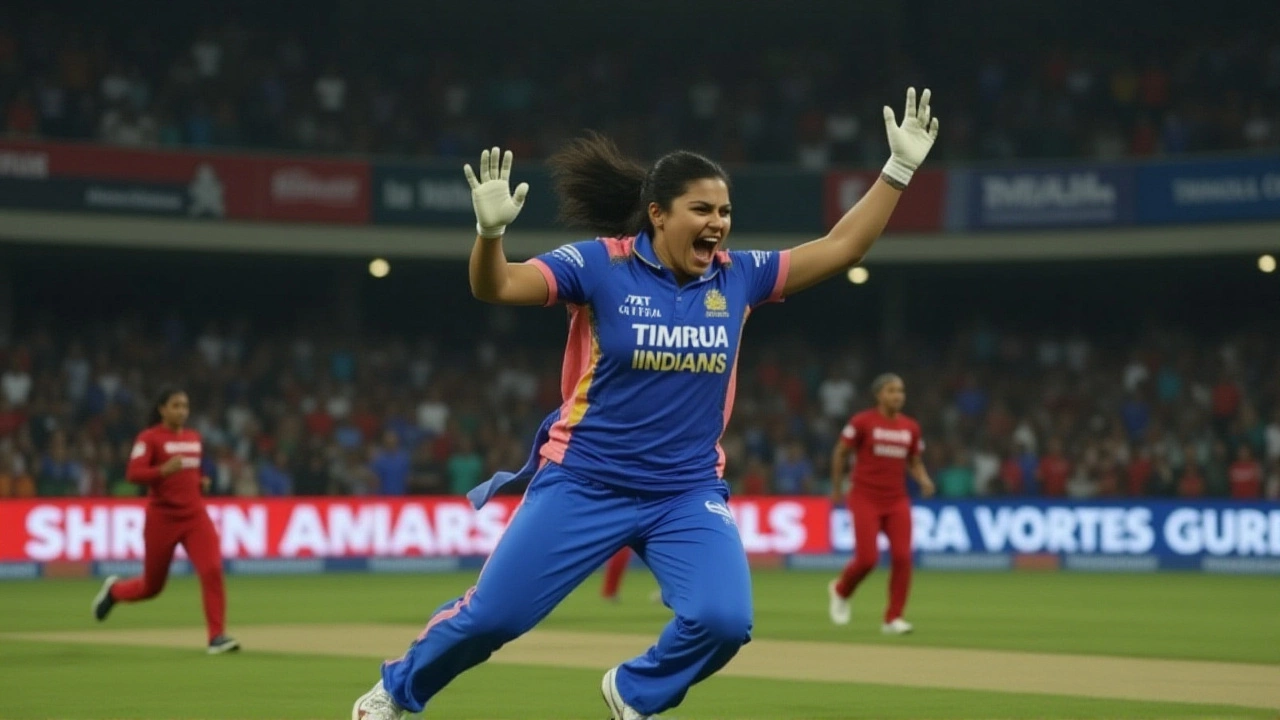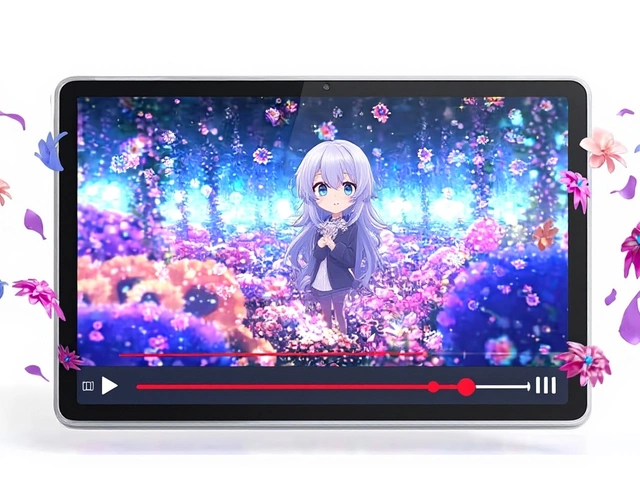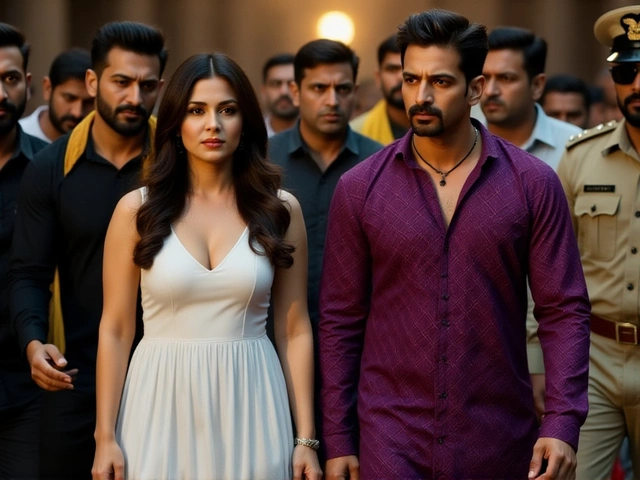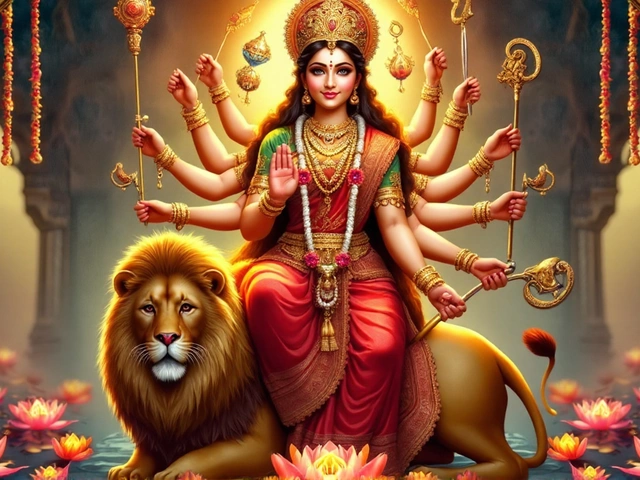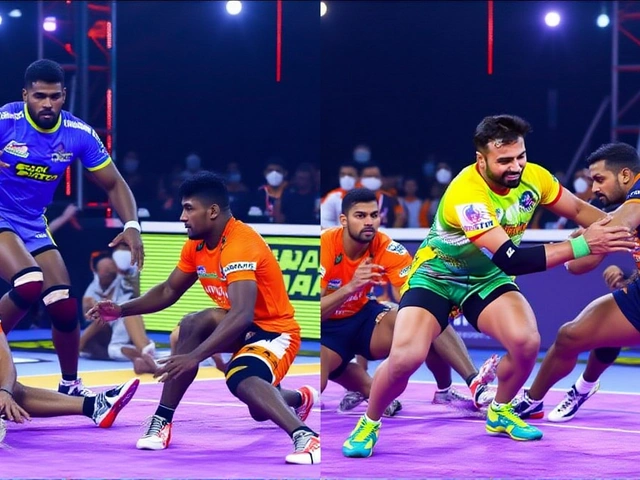Royal Challengers Bengaluru – Music Meets the Stadium
When you think about Royal Challengers Bengaluru, a franchise cricket team in the Indian Premier League (IPL) known for its energetic fan base and vibrant match‑day atmosphere. Also known as RCB, it has turned match days into a full‑blown entertainment experience. The club isn’t just about six‑over cricket; it’s a cultural hub where chants, drum patterns, and stadium anthems fuse with the roar of the crowd. This blend creates a unique environment that feels more like a music festival than a conventional sporting event.
One major driver behind that vibe is the Indian Premier League, the professional Twenty‑20 cricket league in India that showcases high‑intensity games and massive entertainment productions. The IPL’s format encourages teams to adopt bold branding, and RCB has leaned heavily on modern soundscapes to amplify its identity. By partnering with DJs, using electronic music loops, and featuring live performances, the team turns each innings into a rhythm‑driven showcase. This strategy mirrors how electronic music festivals layer beats to build momentum, keeping fans pumped from the opening ball to the final wicket.
Why Music Matters for RCB Fans
Fans at RCB matches often hear the same high‑energy tracks you’d find at a nightclub. Electronic music, a genre built around synthesized sounds, pulsating basslines, and repetitive beats that drive crowds to move. The genre’s emphasis on rhythm and build‑up matches the natural peaks of a cricket game—each boundary or wicket triggers a drop that feels almost cinematic. That connection isn’t accidental; clubs use playlists curated on platforms like Beatport to ensure the tracks align with key moments in the game, creating a seamless audio‑visual narrative that fans can’t resist.
Beyond the stadium, the RCB brand often appears at local music festivals, large‑scale events where multiple artists perform across stages, drawing crowds who share a love for live sound experiences. By sponsoring stages or setting up fan zones at these festivals, the team taps into a broader cultural moment where sports and music fans overlap. This cross‑promotion helps RCB reach listeners who might not follow cricket closely but love the festival atmosphere. The result is a community that celebrates both a six‑run boundary and a bass drop in equal measure.
RCB’s adoption of DJ culture also reflects a shift in how teams engage younger audiences. Modern fans expect instant access to playlists, behind‑the‑scenes mixes, and live streams of the music that fuels their game day rituals. DJs now sit in the commentary box, remixing crowd chants in real time, while apps let fans sync their own playlists with the stadium’s sound system. This level of interactivity mirrors the way gamers sync in‑game soundtracks, turning passive spectators into active participants.
Another interesting angle is the way RCB leverages music for branding on digital platforms. The team’s official YouTube channel often features short videos that pair highlight reels with royalty‑free tracks, ensuring quick turnaround and consistent audio quality. These videos follow the same production standards you’d see on streaming services like Apple Music, where the use of iTunes cards to purchase songs is commonplace. By curating a recognizable sound, RCB strengthens its identity across social media, making the team instantly recognizable even when the video has no visual of the field.
Even the merchandising side feels the beat. Limited‑edition jerseys sometimes sport graphics inspired by popular trap music aesthetics—bold fonts, neon accents, and glitch effects that echo the visual language of modern electronic tracks. This crossover appeals to fans who collect both sports apparel and streetwear, reinforcing the idea that RCB’s brand lives as much in a club’s sound system as on the pitch.
From a logistical standpoint, the team’s sound engineers treat the stadium like a giant DJ booth. They manage thousands of song files, organize them by tempo, key, and intensity, and back everything up on secure servers—much like the workflow described for DJs at major festivals. This level of preparation ensures that any technical hiccup won’t silence the crowd during a crucial over, mirroring the reliability standards set by high‑profile electronic acts.
The result is an ecosystem where cricket and music feed each other. Fans arrive early to catch live DJ sets, stay for the match, and leave humming the team’s anthem. The anthem itself often borrows elements from electronic sub‑genres, featuring heavy 808 basslines and synth stabs that get the crowd moving. This synergy illustrates how a sports franchise can become a cultural platform, bridging the gap between the stadium and the club.
Below, you’ll find a curated collection of posts that dive deeper into the music side of things—everything from color guides for festive celebrations to the best online music shops for DJs, and tips on finding royalty‑free tracks for games. Whether you’re a die‑hard RCB supporter, a DJ looking for fresh inspiration, or just curious about how sound shapes the fan experience, these articles will give you practical insights and a fresh perspective on the soundtrack of modern cricket.
